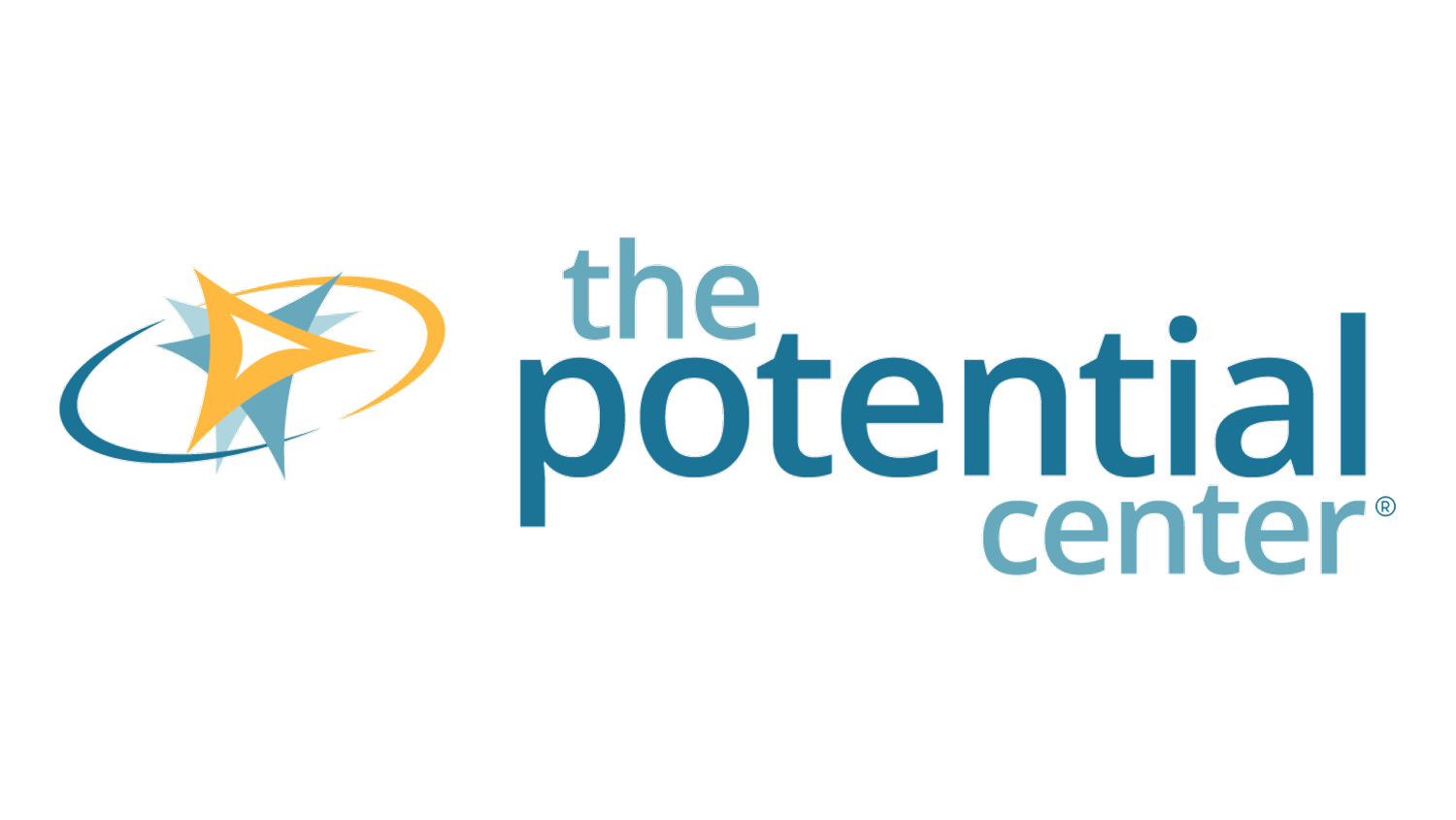What’s the purpose of brainstorming?
“The measure of intelligence is the ability to change” – Albert Einstein
Welcome to another post in this series on brainstorming and creativity.
The purpose of brainstorming
We all know that brainstorming produces ideas. But why can’t we just sit down and produce ideas? Why do we need to brainstorm to get ideas?
Of course, you can generate ideas off the top of your head, and I wouldn’t discourage that! The purpose of brainstorming is twofold: 1) to give direction to your brainstorming so you’re more likely to generate ideas that will help solve your problem or achieve your goal, and 2) to hasten the ideating process so you can generate relevant options more quickly.
Why brainstorming exercises work
Ironically, ideas occur most when the mind is at rest or at play. Einstein developed his theory of relativity after daydreaming what it would be like to ride on the end of a light beam in space! You may have experienced sudden inspiration on a walk, while doing the dishes, or playing with the kids. Play lets you step outside of the box – in this case, your rational mind.
Brainstorming tools encourage a relaxed mind and use the power of play to help you break out of habitual thinking. You may sometimes think that a brainstorming tool is just too ridiculous to even try – this is the whole point! Trust the process, embrace your inner child, and dive in – sometimes it’s the silliest ideas that turn out to be the best ones.
By the way, rest is also beneficial after having an idea. Like planting a seed, it takes time for an idea to incubate and grow. This is why I suggest planning an additional 1-2 brainstorming sessions to allow fresh ideas or new slants of ideas to percolate to the surface.
Brainstorming and change
Working collaboratively to creatively address issues arising from change is a powerful way to bring people together and reduce isolation. When you help your team choose to experience change as a challenge or an opportunity to learn or do something new, they are more likely to feel less negative about the change they’re experiencing.
Here’s an example of how I used creative problem-solving as a way to positively meet challenges created by change:
When I was working at a large international nonprofit, a reorganization was announced. My manager was dissatisfied with the change and left. I became the interim manager of a team of ten, never having been a manager before. Regardless of the internal changes that were on the way, we still had fundraising targets to meet. My way of supporting the team was to lay down the challenge of coming up with a new fundraising event. We determined the target audience and I led a couple of brainstorming sessions. The result was an innovative team-building event for corporate supporters that was also educational… it highlighted the physical and mental challenges that poor people in developing countries deal with every day. The event was a huge success: it generated a significant amount of revenue and PR, and had an ongoing positive effect on the team.
TIP! Planning for Future Change
It’s difficult to feel a sense of urgency when your organization is profitable and growing. But you know that change will come at some point! No one likes to be caught off-guard. You can reduce the negative impact of future change by preparing for it. You can do this by creating a sense of urgency in brainstorming sessions. For example, how would you prepare for sudden changes to the economy or to your market? (We all have experience with that one!) Creating urgency around preparing for these kinds of scenarios can save time and stress the next time there is a need to urgently respond to change.
More purposes for brainstorming
Brainstorming leverages team members' diverse experience and adds to the richness of ideas, which means you often find better solutions to the problems you face. Embracing diversity enables people to step away from their own biases and consider other perspectives and contributions.
Brainstorming can help get buy-in from team members for the chosen solution because they were involved in developing the approach.
Brainstorming is fun! We could all do with a bit more fun J
Since brainstorming encourages open and ongoing collaboration to solve problems and generate innovative ideas, it helps foster stronger teams. This, in turn, can increase employee commitment and reduce employee turnover.
Brainstorming helps team members feel more comfortable bouncing ideas off one another, including outside of a structured session.
Till next time,
Ellia
I believe that, with the right support anyone can learn creative ways to solve problems. If you’d like to see what tapping into creative potential could look like at your place of work, contact me at Ellia@ThePotentialCenter.com to arrange a call.

